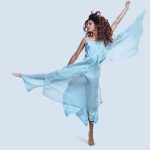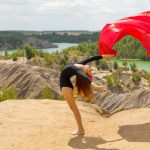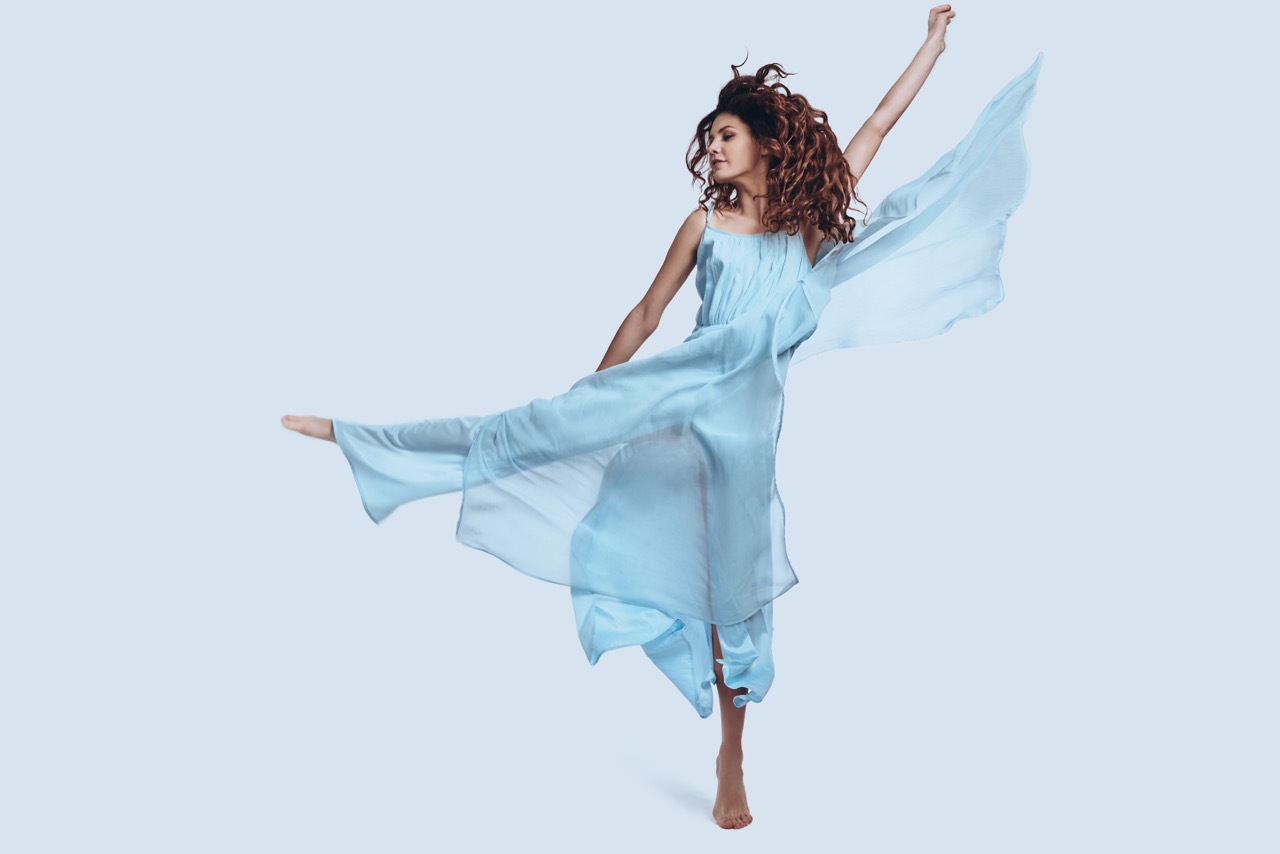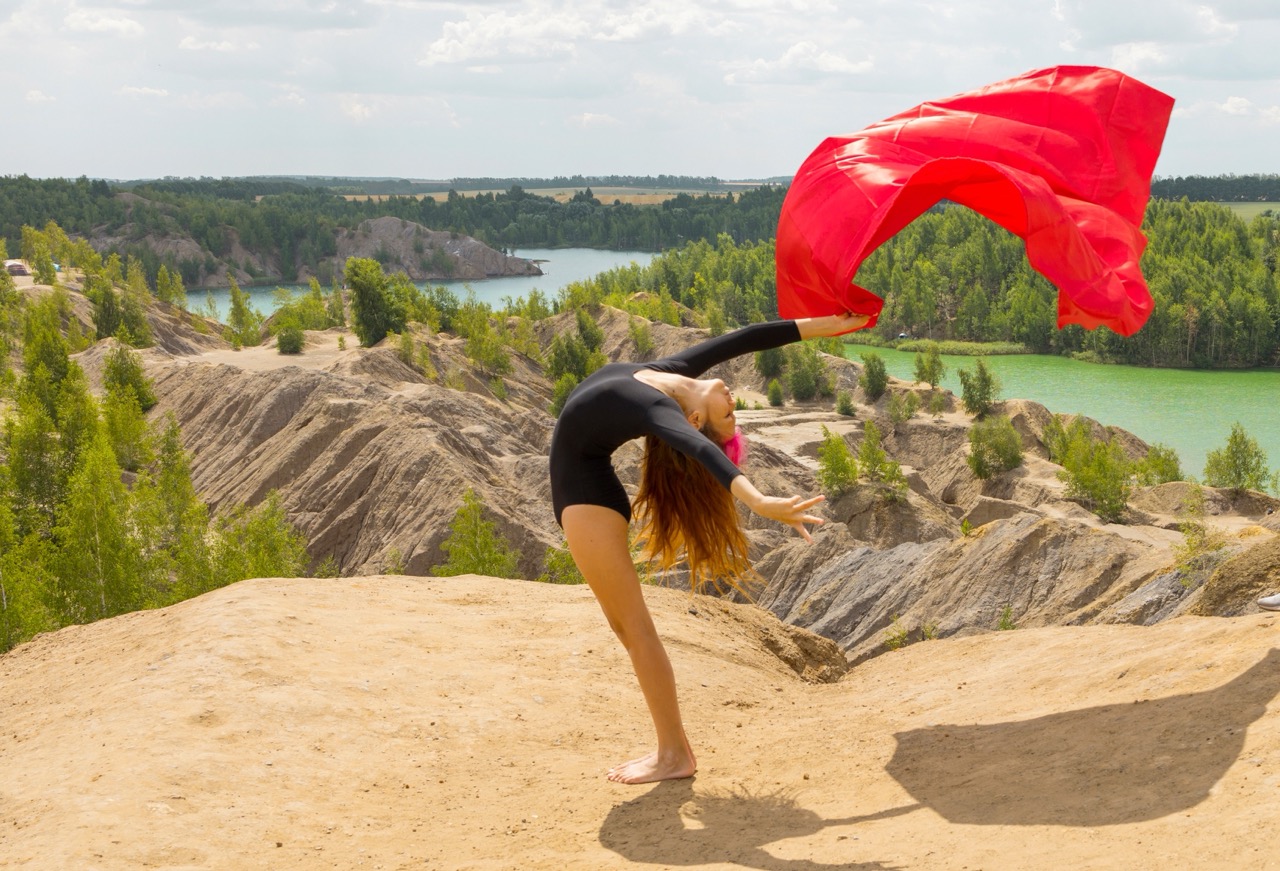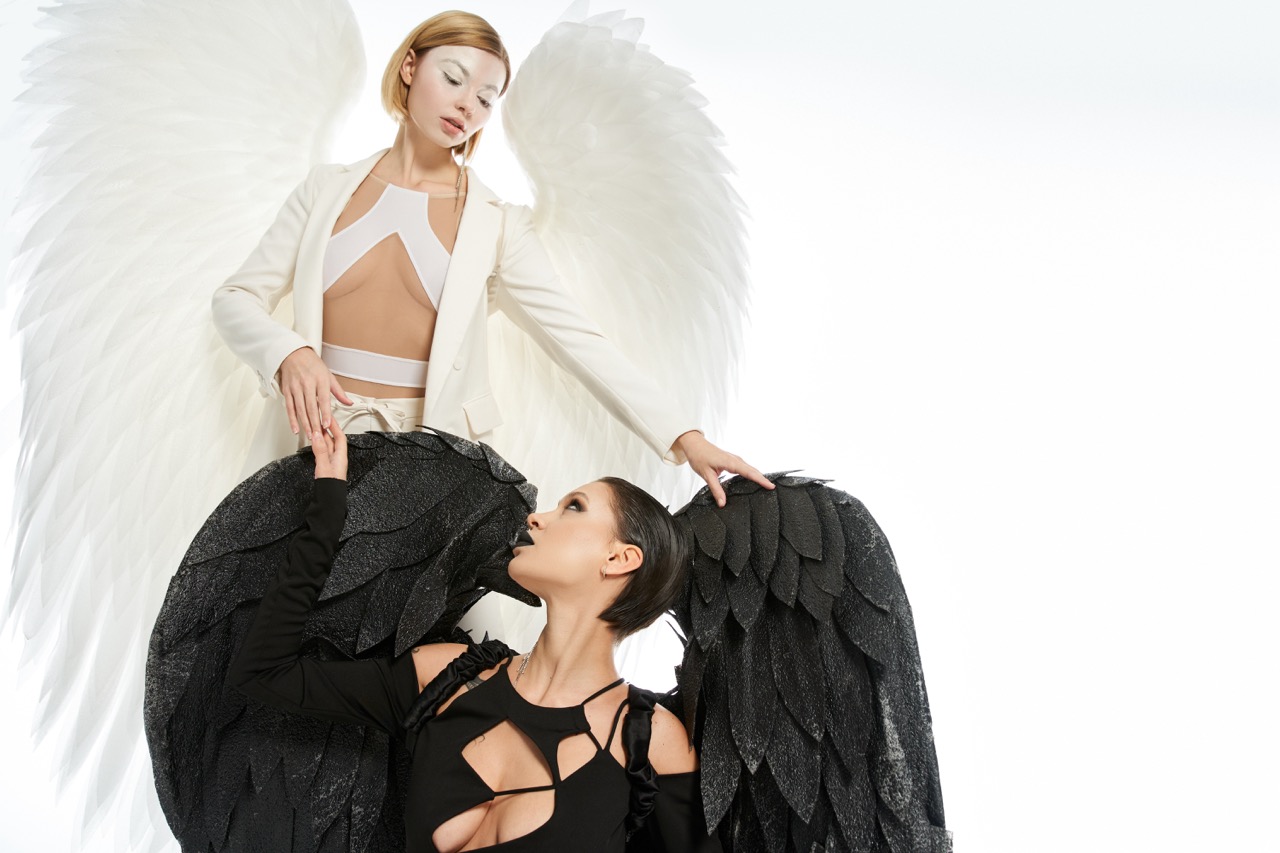In an age where fitness routines often feel monotonous, dance emerges as a vibrant alternative that blends artistry with physical exertion. More than just an expressive form of art, dance can significantly enhance physical fitness, offering benefits that extend far beyond the dance floor. In this article, we will explore how rhythm, movement, strength, and an active lifestyle converge through dance, making it a powerful tool for health and well-being.
Unleashing the Power of Rhythm: Dance as a Workout
Dance is a dynamic workout that engages multiple muscle groups, making it an effective form of cardiovascular exercise. When dancing, the body experiences a range of movements that elevate heart rate, promote circulation, and boost endurance. Styles like salsa or hip-hop not only get the blood pumping but also improve coordination and agility, enhancing overall motor skills. This rhythmic engagement transforms the traditional perception of exercise, as it feels more like an art form than a chore.
Moreover, the beauty of dance lies in its versatility. From ballet to Zumba, there are countless styles to choose from, allowing individuals to find their passion while sweating it out. Each genre comes with its own set of movements and intensities, catering to various fitness levels. As participants lose themselves in the music and rhythm, they often forget they are even working out, leading to longer and more enjoyable sessions.
Finally, incorporating dance into a fitness regimen can yield long-term health benefits. Studies indicate that regular engagement in dance can reduce the risk of chronic diseases, improve mental health, and enhance flexibility and balance. With just a few classes a week, individuals can experience significant improvements in their physical fitness, all while having fun and expressing themselves.
Movement Meets Motivation: The Joy of Expressive Fitness
One of the most compelling aspects of dance as a workout is the intrinsic joy it brings. Unlike traditional forms of exercise that can sometimes feel tedious, dance allows participants to express emotions and creativity while working out. This emotional connection to movement fosters a sense of liberation and empowerment, motivating individuals to push their limits and consistently engage with their fitness goals.
Additionally, the social aspect of dance cannot be overlooked. Whether in a group class or a dance circle with friends, the shared experience of moving to music builds camaraderie and support. This social interaction not only enhances motivation but also creates a sense of accountability among participants. When individuals feel part of a community, they are more likely to stick to their fitness routines and encourage others in their journeys.
Furthermore, the mental health benefits of dance are profound. Engaging in physical activity releases endorphins, the body’s natural mood lifters, which can reduce symptoms of anxiety and depression. Dance offers a unique outlet for emotional expression, allowing individuals to channel their feelings through movement. This holistic approach ensures that fitness is not just about physical appearance, but rather about fostering a positive relationship with the body and mind.
Building Strength and Endurance Through Dance Styles
Different dance styles target various aspects of physical fitness, each contributing uniquely to strength and endurance. For instance, ballet emphasizes core strength, flexibility, and balance, requiring dancers to maintain poise while executing intricate movements. The controlled, precise nature of ballet builds resilience in the muscles, which can translate to improved performance in other physical activities.
Similarly, high-energy styles like hip-hop and jazz are excellent for building cardiovascular endurance and explosive strength. The fast-paced choreography involved in these genres keeps heart rates elevated while engaging large muscle groups, providing an effective workout. Dancers often experience increased stamina as they learn to master complex routines that challenge their physical capabilities.
Additionally, styles such as contemporary and modern dance focus on fluidity and strength, promoting overall body awareness. These forms encourage dancers to explore their physical limits, enhancing both muscle tone and flexibility. By engaging in various dance styles, individuals can develop a well-rounded fitness profile, achieving strength and endurance in a fun and artistic manner.
Dance Beyond the Studio: A Lifestyle of Wellness and Health
Embracing dance as a form of fitness can lead to a more active lifestyle beyond the dance studio. When individuals integrate dance into their daily routines, whether through social dancing, community events, or even impromptu sessions at home, they create opportunities for movement that seamlessly fit into their lives. This lifestyle approach encourages physical activity without the constraints of a formal workout setting.
Moreover, dance fosters a mindset centered around health and well-being. Those who embrace dance often find themselves making healthier lifestyle choices, including better nutrition and increased activity levels. As physical fitness becomes intertwined with a joyful pursuit, individuals are more likely to prioritize their overall health, leading to lasting changes in habits and routines.
In essence, dance can become a gateway to a more fulfilling and active life. It offers not only a way to stay fit but also a means of connecting with oneself and others. By embracing dance, individuals enrich their lives and cultivate a sustainable approach to fitness that resonates beyond the studio walls.
In conclusion, dance is a multifaceted tool that enhances physical fitness while promoting emotional well-being and social connection. From its rhythmic workouts to the joy of expressive movement, dance provides a unique blend of fitness and art that captivates participants of all ages and skill levels. By incorporating dance into our fitness regimens and lifestyles, we can unlock the potential for a healthier, happier existence that celebrates the power of movement. So, let the music play, and take a step onto the dance floor—your body and mind will thank you.




